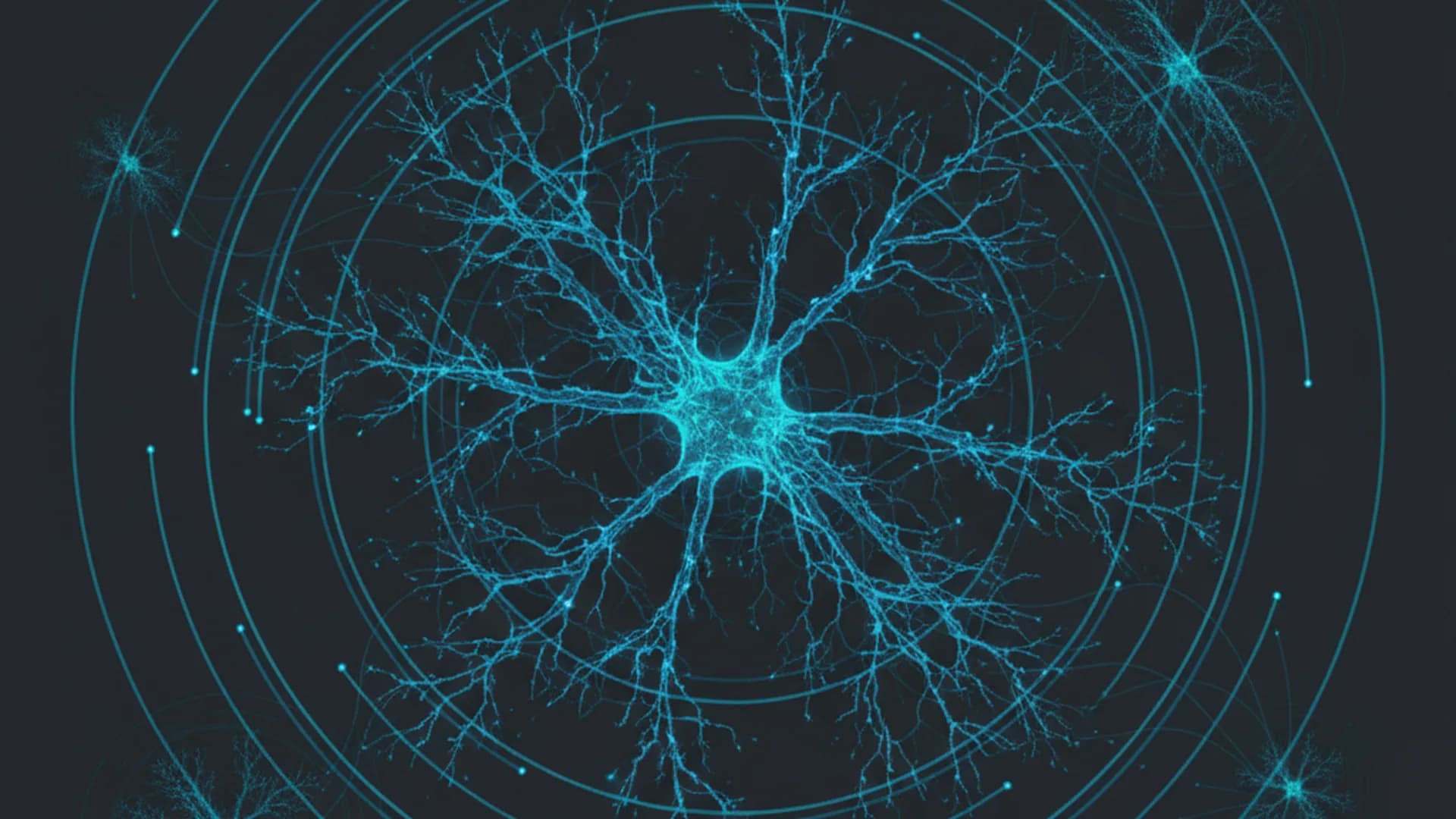AI Model Reveals DNA's 3D Architecture With Unprecedented Flexibility
Source PublicationIEEE Transactions on Computational Biology and Bioinformatics
Primary AuthorsKaya, Sefer

Understanding the genome requires knowing its three-dimensional organisation, not just its linear sequence. A technique called Hi-C gives us clues by measuring the frequency of interactions between different regions of DNA, known as loci. This interaction map provides an indirect picture of a chromosome's shape.
Now, a new approach named GAT-HiC uses a graph attention neural network to translate these interaction maps into precise 3D models. The AI predicts the spatial coordinates of each genomic locus, effectively reconstructing the chromosome's folded structure from the interaction counts.
What sets GAT-HiC apart is its powerful adaptability. Researchers have demonstrated that a model trained on one specific dataset, such as from a human cell line, can accurately reconstruct chromosome structures from completely different sources, including mouse cells or data captured at different resolutions. This new method outperforms existing approaches in accuracy, offering a more robust tool for studying the genome's architecture.